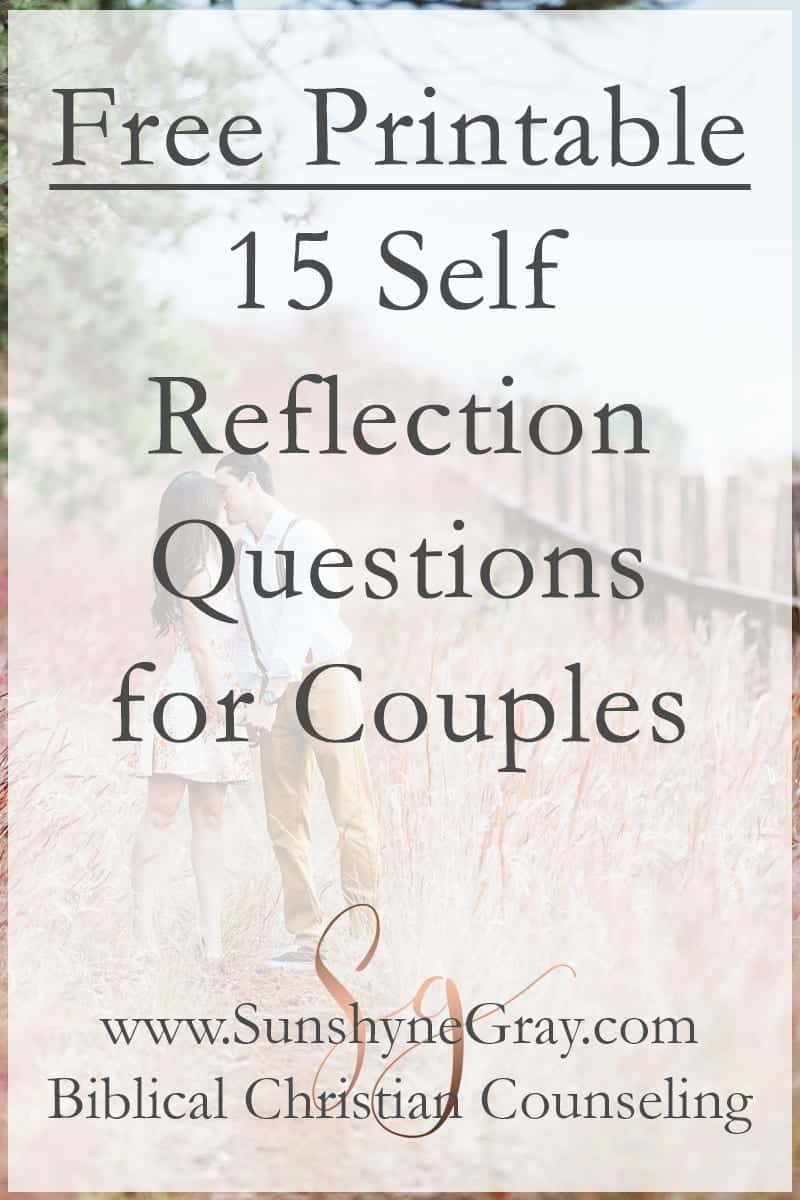

The fourth dimension of space: A meeting place for science and religion. Ladd (Ed.), Children’s rights re-visioned: Philosophical readings (pp.

Oxford, England: Oxford University Press. The development of reflective judgment in adolescence and adulthood. Applied Developmental Science, 8(1), 2–6. Exploring adolescent spiritual and religious development: Current and future theoretical and empirical perspectives. Applied Developmental Science, 7(3), 197–204. Religion and identity: The role of ideological, social, and spiritual contexts. Educational Sciences: Theory & Practice, 5(1), 172–180. Reconsidering peace and multicultural education after 9/11: The case of educational outreach for Muslim sensitivity curriculum in New York city. Journal of Psychology and Christianity, 23(1), 22–30. Religious orientations in moral development. Jackson (Ed.), International perspectives on citizenship, education and religious diversity (pp. Dialogue, citizenship, and religious education. Journal for the Theory of Social Behavior, 30, 51–77. Conceptualising religion and spirituality: Points of commonality, points of departure. Journal of Philosophy of Education, 29(2), 257–272. Voluntary apartheid? Problems of schooling for religious and other minorities in democratic societies. Applied Developmental Science, 8(1), 17–26. Religion and positive youth development: Identity, meaning, and prosocal concerns. International Journal of Children’s Spirituality, 11(1), 137–150.įurrow, J. If you don’t know the difference you are living with, how can you learn to live with it? Taking difference seriously in spiritual and religious education. Elliott (Ed.), Reconstructing teacher education: Teacher development (pp.

The relationship between “understanding” and “developing” teachers’ thinking. Nortre Dame, IN: University of Notre Dame Press.Įlliott, J. Back to the rough ground: “Pronesis” and “techne” in modern philosophy and in Aristotle. Applied Developmental Science, 8(1), 7–16.ĭunne, J. Structural relations among spirituality, religiosity, and thriving in adolescence. M., von Eye, A., Almerigi, J., & Lerner, R. New York, DC: Heath and Company.ĭowling, E. (1933) How we think: A restatement of the relation of reflective thinking to the educative process. Jablonski (Ed.), The implications of student spirituality for student affairs practice (pp. Career and calling: Finding a place for the spirit in work and community. Moral education in Hong Kong: Confucian-parental, Christian-religious and liberal-civic influences. Counseling and Values, 49, 15–26.Ĭheng, R. Relationship of ethnic identity and spiritual development: An exploratory study. Journal of Philosophy of Education, 30(2), 159–178.Ĭhae, M. Rival conceptions of spiritual education.

Towards a distinctive conception of spiritual education. Spiritual development in childhood and adolescence: Toward a field of inquiry. Reclaiming Children and Youth, 5, 206–209.īenson, P. Tan (Ed.), Philosophical reflections for educators (pp. Critical humanism in Islamic educational philosophy. Science and spirituality: Traditional interpretation in liberal education. Malden, MA: Blackwell Publishing.Īlexander, H. Standish (Eds.), The Blackwell guide to the philosophy of education (pp. New Haven, CT: Yale University Press.Īlexander, H., & McLaughlin, T. This process is experimental and the keywords may be updated as the learning algorithm improves.Īckerman, A. These keywords were added by machine and not by the authors. Given that adolescents are at the crossroads of life and face many issues and challenges that are unique, uncertain and value-conflict, they need to critically reflect on practical interests and examine broad issues on religiously tethered and untethered spirituality in their lives. This chapter proposes that reflection is effective in promoting spiritual development in adolescents so that they can derive personal destiny and direction develop their personal identity and ethical worldview and build relationships with others. The former is linked to or housed within the tradition of a religious faith, while the latter is concerned with beliefs and practices that are disconnected from religions. This chapter distinguishes between religiously “tethered” and “untethered” conceptions of spirituality. Adolescence is a period characterised by a personal quest for purpose, meaning and relationships.


 0 kommentar(er)
0 kommentar(er)
